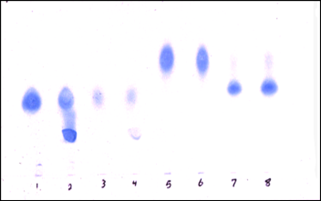Qubits- Towards a Better Understanding of the Microzymas
Short Communication
Large molecules are far too complex for modern computers to calculate what happens to them during a reaction, but the power of quantum computers could open the doors to further understanding these molecules” [1]. Computing and the computer was hardly in existence or at best in in its infancy (if not in an embryonic stage) when Professor Pierre Antoine Bechamp (died 1908) discovered the microzymas in the 1850s. Whoever will make the next breakthrough in our understanding of the microzymas/cellular dust will have to do a lot of work with computers. Quantum computers to be precise [2-3]. What we have to understand is how and why microzymas coordinate, decoordinate and morph. The similarities between qubits and cellular dust is uncanny as a model thereby [4-5].
Consider the following for this model
1. Let a cell represent a bit and a microzyme a qubit.
2. Microzymas morph into germs.
3. Let zero [0] represent the microzymas and the numeral one [1] represent a germ.
4. Qubit behavior of superposition vis a vis the conventional binary mode of bits mirrors the morphing/pleomorphism of cellular dust to germs and vice versa.
5. Understanding the transitory “flux” state of fluctuation and flexibility during morphing could be realized via quantum computing modelling. In short what microzymas do is a sort of biological quantum entanglement.
6. Also to be utilized are Ramanujan’s summation and string theory.


No comments:
Post a Comment
Note: Only a member of this blog may post a comment.